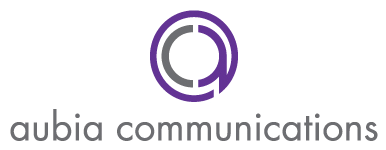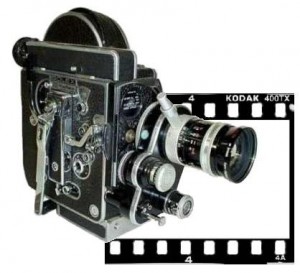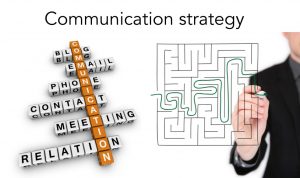
This time of year, consumers are not the only ones preparing to pack their bags for a getaway. Within the Travel & Tourism media landscape, editors have set next year’s editorial calendar and the schedules of journalists are starting to fill up.
Press trips are a key strategy in the Travel & Tourism PR toolbox. For the industry, it can be a way to generate positive publicity about a destination, hotel/resort or attraction. For the media, it gives a first-hand experience to share with their audience.
If you’re new to the Travel & Tourism PR sector, here are a few helpful tips to make press trips a success for your organization and the media.
1. Set an annual budget and maximize it.
How much can be allocated to host journalists? Depending upon the press trip and tourism organization, the funds can be used toward airfare, ground transportation, accommodations, meals, excursions and activities.
To maximize your budget and provide a well-rounded experience for the journalist, collaborate with the tourism office, tour operators and/or resorts that also may benefit from the coverage. Oftentimes these partners will help host a press trip, or at least provide items at a complimentary or media rate.
2. Set objectives for press trips.
What are you hoping to accomplish from the press trip? Is it social media content, coverage on something new or a feature on a destination? Is it a niche market, such as family travel, luxury, spa or culinary? The trip’s objectives will help you identify your target writers and outlets (see next tip).
3. Identify your audience.
Sunday travel editors, those that remain, still are influential. Many times, though, these individuals can’t leave their desks and, therefore, rely on freelance writers. For PR pros and their organizations, freelancers can be a great option as these writers often place articles in multiple outlets.
When selecting media consider both print and online. The latter can help benefit your organization’s online visibility with links to its website. Bloggers and social media influencers also generate links as well as multimedia content such as photos and videos.
4. Confirm arrangements.
Before the trip is booked, it’s important to have a clear understanding between you and the journalist as to her assignment needs/expectations and what is included in the press trip. This will avoid any disappointment or confusion during the trip, potentially negatively impacting the experience.
Once the trip is scheduled, ensure the itinerary covers everything the journalist will need to know such as contacts for meetings, activity times, locations of where
to meet and transportation details. While some organizations like to schedule every minute of a press trip, it can be beneficial to leave a little free time for the journalist to organically find story angles by speaking with other guests or just exploring on their own.
Immediately prior to the trip, reconfirm arrangements with everyone, including organization contacts and tourism partners, so it’s top of mind for all parties.
5. Create memorable experiences.
Press trips are an investment and to maximize your investment ensure your journalists are treated like VIP guests. They should also experience all that makes your organization unique. Not only will this give the journalist plenty to write about, but it will also leave a lasting impression so that he may continue to write about your organization long after he has returned (see next tip).
6. Follow up and stay connected.
As with all media relations, it’s important to maintain relationships. After a journalist has returned home, follow up to get feedback on the trip. What was the most memorable experience? Is there anything you could have done differently? Use these insights to enhance future press trips.
Find out the status of the coverage and offer assistance as needed, such as sharing high-res images or fact-checking. Don’t stop the relationship once the article publishes. Continue to let the journalist know of updates that may be of interest from your organization, which could lead to additional coverage.
To make press trips a win-win for your organization and the media, pre-trip planning is key. Set clear expectations up front to create a seamless, memorable itinerary that will continue to provide a return on investment for your organization for many years to come.
Julie Harper is a marketing and communications professional with 14 years of experience. Her career has included leading public relations strategies for some of the world’s best resorts, creating corporate communications for a Fortune 100 company, and developing integrated marketing strategies for healthcare organizations. She combines strategy with creativity to deliver results, which has earned her several industry awards. Julie has been a member of PRSA and an Associate with the Society of American Travel Writers (SATW). Connect with her on LinkedIn.




